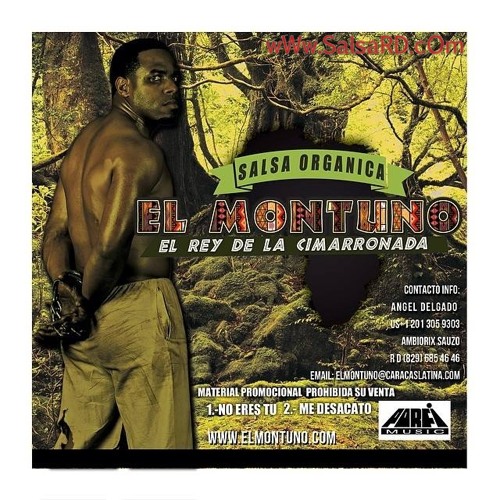
Now in one of my earliest tunes, “New Orleans Blues,” you can notice the Spanish tinge. The habanera rhythm and tresillo can be heard in his left hand on songs like 'The Crave' (1910, recorded 1938). Considered the tresillo/habanera (which he called the ) to be an essential ingredient of jazz. Louis Blues,' the instrumental copy of 'Memphis Blues,' the chorus of 'Beale Street Blues,' and other compositions.' Excerpt from 'St. I began to suspect that there was something Negroid in that beat.'Īfter noting a similar reaction to the same rhythm in 'La Paloma', Handy included this rhythm in his 'St. Tyler's 'Maori': 'I observed that there was a sudden, proud and graceful reaction to the rhythm.White dancers, as I had observed them, took the number in stride. Handy noted a reaction to the habanera rhythm included in Will H. WC Handy ' (1914) by has a habanera/tresillo bass line. Comparing the with the, observes that is the New Orleans 'clave'.Īlthough technically, the pattern is only half a, Marsalis makes the important point that the single-celled figure is the of New Orleans music. Early New Orleans jazz bands had habaneras in their repertoire and the tresillo/habanera figure was a rhythmic staple of jazz at the turn of the 20th century. For the more than quarter-century in which the, and proto- were forming and developing, the habanera was a consistent part of African American popular music. ) can be thought of as a combination of and the. The habanera rhythm (also known as congo, tango-congo. The habanera was the first written music to be rhythmically based on an African motif.

Began incorporating musical motifs in the nineteenth century, when the gained international popularity.


 0 kommentar(er)
0 kommentar(er)
